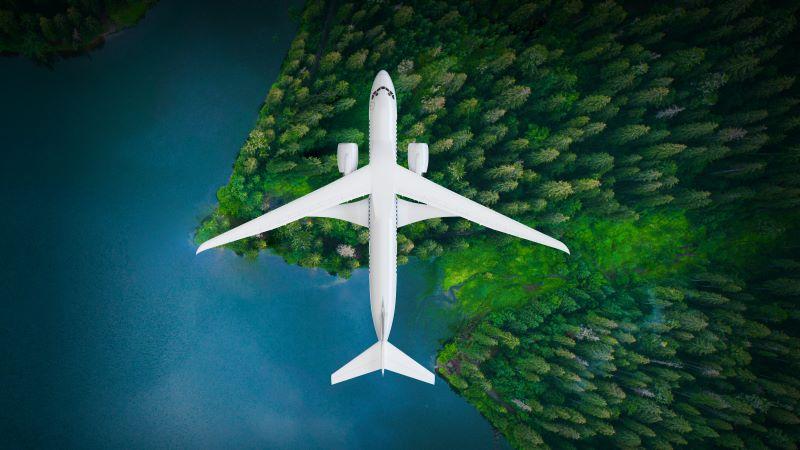
NASA-Boeing X-66A
Credit: NASA
For almost 80 years the U.S. experimental X-plane series has relentlessly pushed the boundaries of speed, altitude, power and aerospace technology. Now the Boeing-NASA X-66A—the latest in this pioneering series, will take the X-plane program into yet another new realm —sustainable aviation. Based on...
Subscription Required
This content requires a subscription to one of the Aviation Week Intelligence Network (AWIN) bundles.
Schedule a demo today to find out how you can access this content and similar content related to your area of the global aviation industry.
Already an AWIN subscriber? Login
Did you know? Aviation Week has won top honors multiple times in the Jesse H. Neal National Business Journalism Awards, the business-to-business media equivalent of the Pulitzer Prizes.





